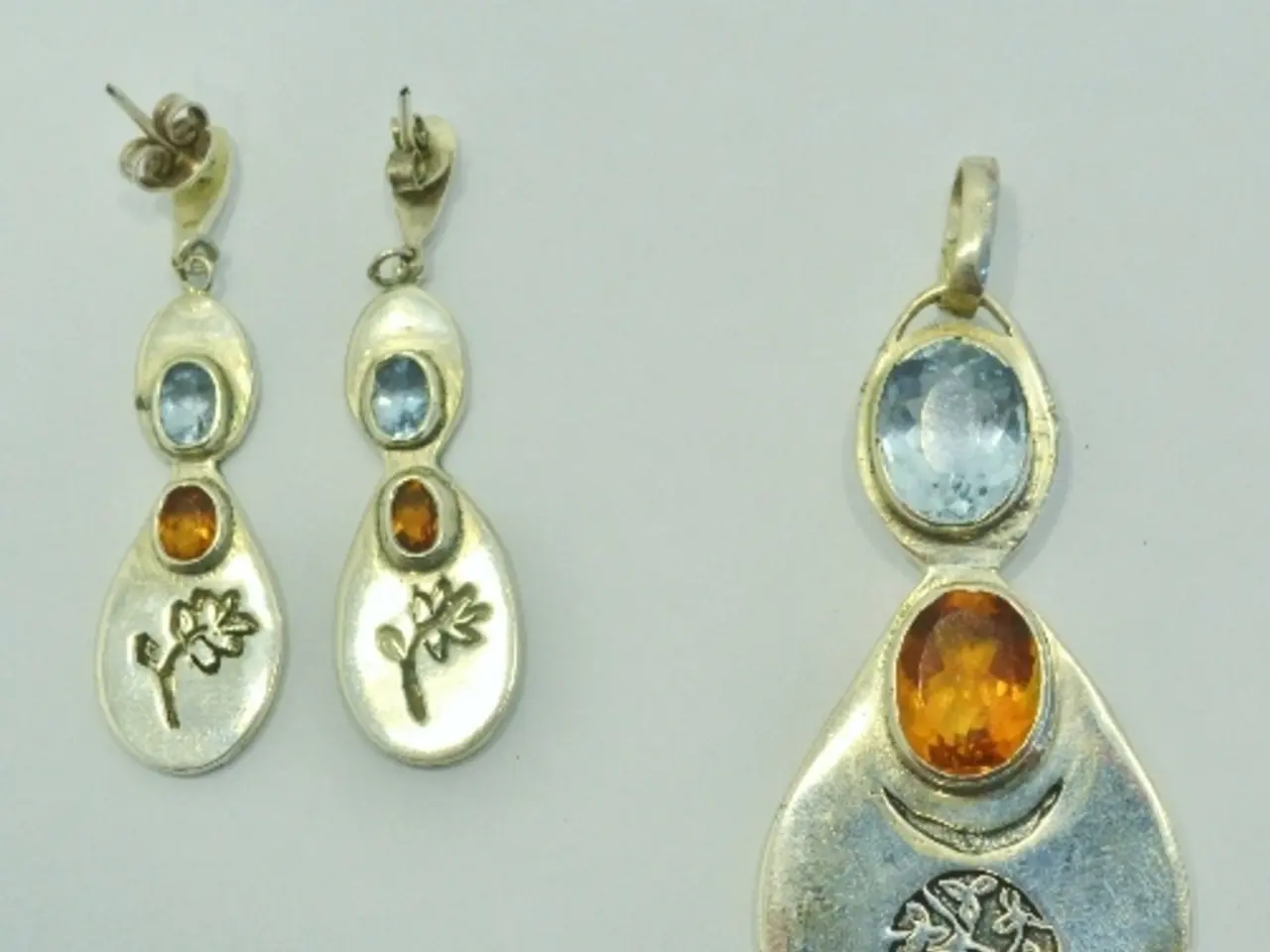Exploring Penis Piercings: A Comprehensive Guide on Procedures and Processes
In the world of body modifications, penis piercings have become a popular choice for some individuals seeking a unique expression of self. This article aims to provide a clear and informative overview of penis piercings, covering various aspects such as types, benefits, risks, and the healing process.
Common types of jewelry for penis piercings include circular barbells, captive bead rings, and straight barbells. Each type offers a different aesthetic and can be chosen based on personal preference.
One essential factor to consider before getting a penis piercing is the potential risks involved. While the procedure can be performed on an uncircumcised penis, there can be additional risk factors. It's crucial to schedule a consultation before committing to the piercing to get a feel for what to expect and to ask any questions.
The cost for a penis piercing can range from $50 to well over $100, depending on the shop and the type of jewelry chosen. The piercing service charge can cost anywhere from $40 to $100+, depending on the delicacy of the tissue and the complexity of the type of piercing.
It's essential to find a trusted piercer with a great reputation, solid reviews, and stellar hygiene practices. Proper hygiene is crucial when caring for a new penis piercing. Cover the area with a bandage, wash hands thoroughly before touching the region, rinse the piercing at least twice a day with a saline solution and distilled water, and avoid submerging the penis in water.
The piercing process involves the piercer washing and sterilizing the area, marking the entry and exit points, pushing the needle through the entry hole and out the exit, holding the skin while inserting the jewelry, and cleaning and bandaging the area. After the piercing, it's recommended to avoid sexual activity for at least 4-6 weeks to allow the area to heal properly.
While some research suggests that getting a genital piercing could possibly impact fertility, more studies are needed to confirm this claim. It's also important to note that piercing the penis can make peeing or using condoms somewhat of a challenge.
Some penis piercings, such as the famous "Prince Albert," are said to enhance sexual pleasure for partners by stimulating nerves in the vagina, clit, or anus. However, it's essential to remember that everyone's body responds differently to piercings, and the benefits can vary from person to person.
The healing process for a penis piercing can take around 3 months, but improper care can prolong the healing process. According to a 2005 report, it can take up to 9 months for the site to heal. During this time, it's crucial to avoid tight underwear or clothing, wearing comfortable, loose, breathable fabrics instead.
Signs of infection or rejection include pain, swelling, burning, redness, skin that feels hot to the touch, yellowish or greenish discharge, a bad odor coming from the area, red or itchy bumps, jewelry falling out of place or falling out, and letting your pubes get caught in the jewelry. If you experience any of these symptoms, it's essential to consult a healthcare professional immediately.
In conclusion, penis piercings can be a personal and intimate choice for some individuals. By understanding the various types, benefits, risks, and the healing process, individuals can make an informed decision about whether a penis piercing is right for them. It's always recommended to prioritise safety and proper care when considering any form of body modification.
Read also:
- Men Possessing XXY Chromosomes Suffer from Klinefelter Syndrome
- Money allocated, approximately 1.17 million euros, for local nursing conferences
- Leeds set for a healthier future through new collaborative endeavor
- Eight strategies for promoting restful slumber in individuals with hypertrophic cardiomyopathy





